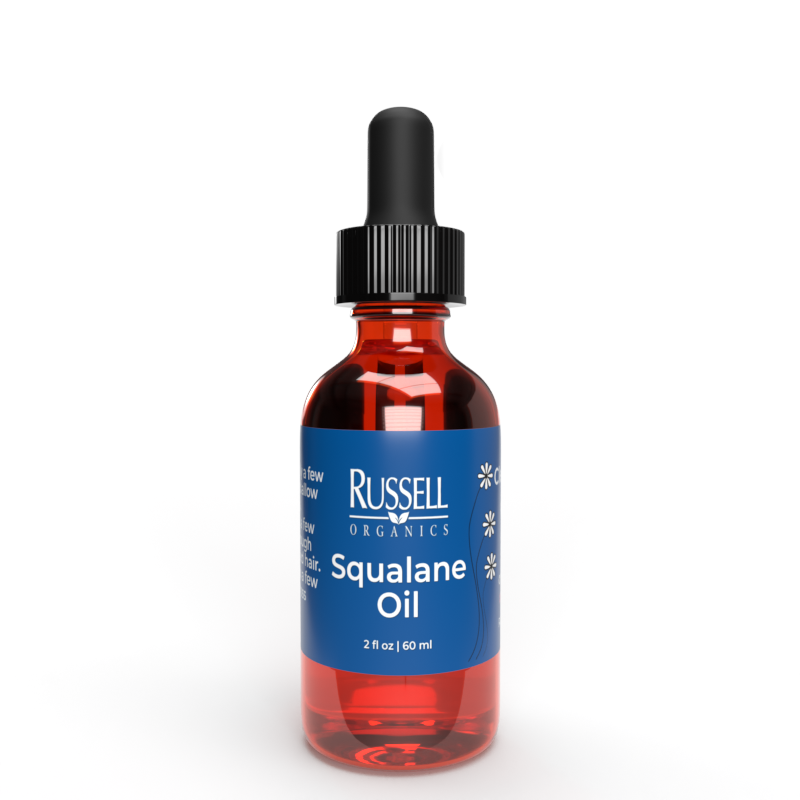
Squalane oil has secured a prominent place in the skincare industry, praised for its ability to moisturize, shield, and revitalize the skin. Derived from squalene, a lipid organically created in human skin cells, squalane oil is a hydrogenated version of squalene, offering improved longevity. However, not all squalane oil is created equal. Its origin plays a crucial role in determining its moral standing and environmental impact.
Where Squalane Oil Comes From
Squalane oil can be sourced from a pair of primary origins: animal-derived and botanical-based materials. The preference between these categories has serious ethical ramifications.
Animal-Based Squalane Oil
Historically, squalane oil was frequently derived from shark-derived squalene. Sharks are known to be natural source of squalene, which is converted into squalane oil. Sadly, this method has major ethical problems. Millions of sharks are harvested on a massive scale for their livers, leading to the depletion of shark populations and disrupting marine ecosystems. In addition, the methods used are inhumane and raise global concerns.
Botanical-Based Squalane Oil
In contrast, plant-derived squalane oil is a sustainable and environmentally conscious alternative. It is extracted from plants, eliminating the need on animal harvesting. This option not only aligns with ethical practices but also results in a safe and effective product for skincare routines.
Two Key Sources of Botanical Squalane Oil
Among vegetable-sourced squalane oils, two primary types stand out: olive-derived squalane oil and sugarcane-based squalane oil. While both offer botanical alternatives, their environmental impact varies greatly.
Olive Squalane: A Superior Choice
Olive-derived squalane oil is widely regarded as better for environmental squalane facial oil reasons. Olives are a sustainable resource that require less water. What’s more, olive squalane oil provides the same hydrating and skin-rejuvenating benefits as its sugarcane-derived counterpart.
Why Sugarcane Squalane Oil Falls Short
By comparison, sugarcane-derived squalane oil is associated with significant issues. Sugarcane production uses massive amounts of water and often causes waste. As a result, it becomes unsustainable than squalane oil from olives.
Why Squalane Oil is Good for Your Skin
Squalane oil offers countless benefits for all skin types. Here’s why it is so highly regarded in skincare:
Skin-Quenching Properties: Squalane oil penetrates thoroughly into the skin, offering profound hydration without clogging pores.
Non-Comedogenic Benefits: Its lightweight texture keeps it ideal for those with combination skin.
Anti-Aging Properties: Rich in antioxidants, squalane oil helps to combat the appearance of wrinkles and fine lines while shielding against free radicals.
Calming for Irritated Skin: Its natural formulation soothes sensitivity, making it perfect for delicate skin.
Why Squalane Oil Deserves a Spot in Your Routine
Whether you have oily, combination skin, squalane oil delivers incredible advantages. By choosing botanical options, most notably olive-derived squalane oil, you not only prioritize sustainability but also ensure your beauty routine includes a highly effective products available.